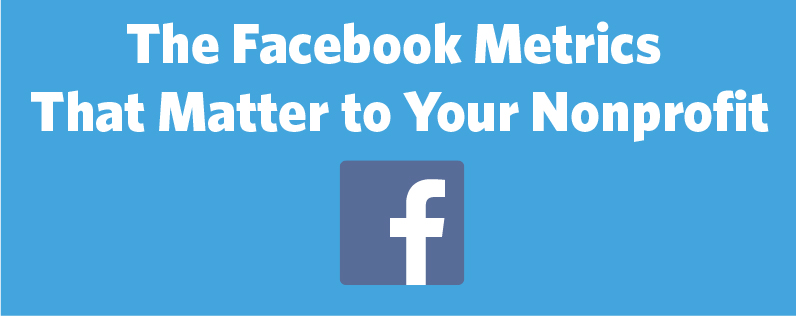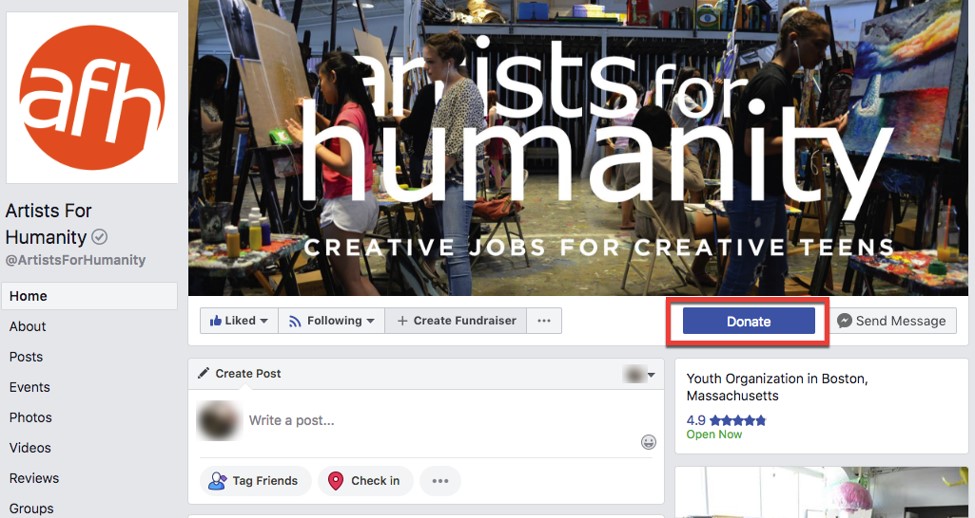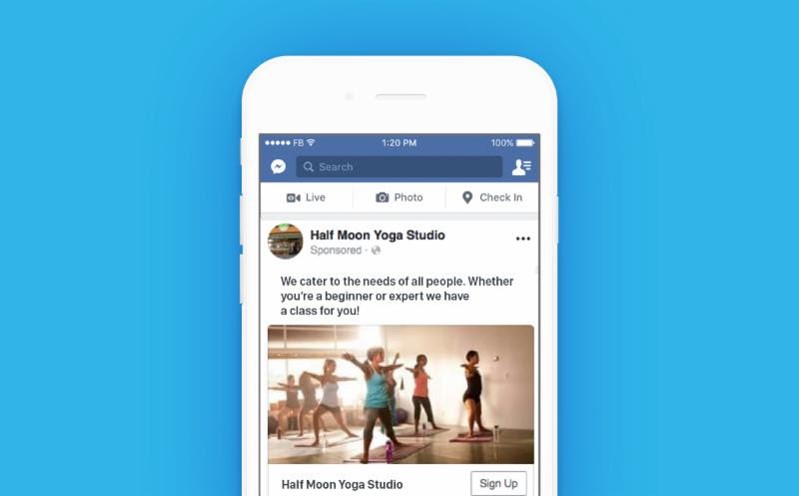
These are the experiences of nonprofit organizations. Their daily mission: to better the world. To seek out new supporters and those in need. To boldly help where no organization has helped before!
Nonprofit communicators have plumbed social media’s depths for years in attempts to grow their organizations’ audiences and volunteers, increase donations, and even spread their missions. Despite this everyday familiarity with social media, we frequently hear from nonprofit communicators who say that they don’t know if their social media efforts are fruitful. This begs the question:
What does social media success look like?
Drum roll please …
It depends on your goals.
Ba-dum-tsk.
Super helpful, right? Don’t click away just yet! We’re diving into common nonprofit goals, the social media tactics that support them, and most importantly — quantifying success.
Did you know? You don’t need to be on every social media platform. Invest your time on the platforms where your audience is. Today, our focus is on Facebook. With more than 2.23 billion active monthly users, it’s a good idea to have a presence here.
Goal #1: Fundraising and donations
Without the public’s generosity, most nonprofits would struggle to stay afloat. It’s imperative that you establish a relationship with prospective donors and nurture your relationships with current donors.
Here’s what you should keep in mind:
- Simple is best.
- Be specific. People like to know where their money is going and exactly how it will be used.
Facebook is adding tools to allow nonprofits to collect donations and fundraise directly on Facebook. This means less bouncing back-and-forth between websites. A good rule to keep in mind is this: the greater the number of clicks, the greater the risk of losing your donor’s interest and altruism — attention spans aren’t what they used to be. Fundraising shouldn’t entail jumping through hoops, but should be an easy and seamless experience.

How will you know it’s working?
Now, we’re sure that you’re already tracking your donations … right? After setting up your Facebook page with the Donate button or integrating your donation software, look for changes in donation activity. Facebook offers downloadable donation reports so you can easily discern whether or not your fundraising appeals are effective.
New to Constant Contact? You can try it out with a free 60-day trial.
Goal #2: Grow your volunteer base
Nonprofit organizations run a tight ship, but there’s always room for a couple of extra bodies to help things go smoothly. Why should someone volunteer their time with your organization instead of another? It’s your job to identify that reason, and once you have, use it to attract volunteers. It’s your differentiator.
What kind of content is engaging on Facebook?
- Statistics
- Multimedia content like videos and GIFs
- Direct questions
- Lead Ads
If you post natively to Facebook, meaning you are on Facebook and creating your posts there, then you must remember to include links to your volunteer opportunities. Due to the platform’s algorithm, it can be difficult to ensure that the right people are seeing these posts. Avoid this issue by using Lead Ads. Lead Ads target your desired audience, making sure your appeal is seen by the philanthropic types out there.

How will you know it’s working?
Much like with donations, we’re sure you’re tracking your volunteers, right? Or else how could you thank them and thereby build your relationship and increase the likelihood they’ll volunteer again? Track the number of volunteers your organization has before and after taking to social media. Set aside a few minutes each week to review your different posts. Facebook offers measurement and tracking tools, so gauging the efficacy of your posts is a breeze. Common social media measurements, as defined by Facebook, are
- Reach: How many people see your posts
- Engagement: How many people like, comment on, share or view your posts and videos
- Conversion: How many people take an action, such as share, sign up, visit your website, attend an event or donate
Are more people engaging with posts that have videos or are they responding more to your direct questions? Use these insights to tweak your strategy, and right the ship, moving forward.
Goal #3: Build awareness and engage with your donors
You spent time on an eye-catching lead ad and it paid off. Your organization has ushered its newest volunteers through the doors — when they walk out at the end of the day, what’s going to bring them back?
Two things: Your relationship and your story.
Need some tips?
- Share regularly
- Post your email marketing campaigns to your social platforms
- Add events to your Facebook page
- Multimedia posts like photos and videos perform well
- Use clear call-to-actions so your audience understands what they should do next
Then, challenge yourself to take the next step. Make things even more personal by using Messenger. Send a message to the people who are most active on your page, and respond to messages you receive in a timely manner.
How will you know it’s working?
Facebook offers a handy tool called “Page Insights.” Page Insights measures how people interact with your page so you can track your performance. These insights should influence and, ultimately, perfect your messaging which directly affects your relationship with your audience.
Measure up
Remember, success on social media, including Facebook, isn’t one-size-fits-all for nonprofits. Your posts should have a clear message and call-to-action so your audience understands what you’re asking of them. If they don’t, they can’t help you. If your posts aren’t garnering the response you hoped for right away, don’t fret! Iterate, iterate, iterate. Finesse your posts and messaging until you find what works for your organization, and always let your data be your guide. You can also explore email marketing metrics that are great for nonprofits to track!
New to Constant Contact? You can try it out with a free 60-day trial.




